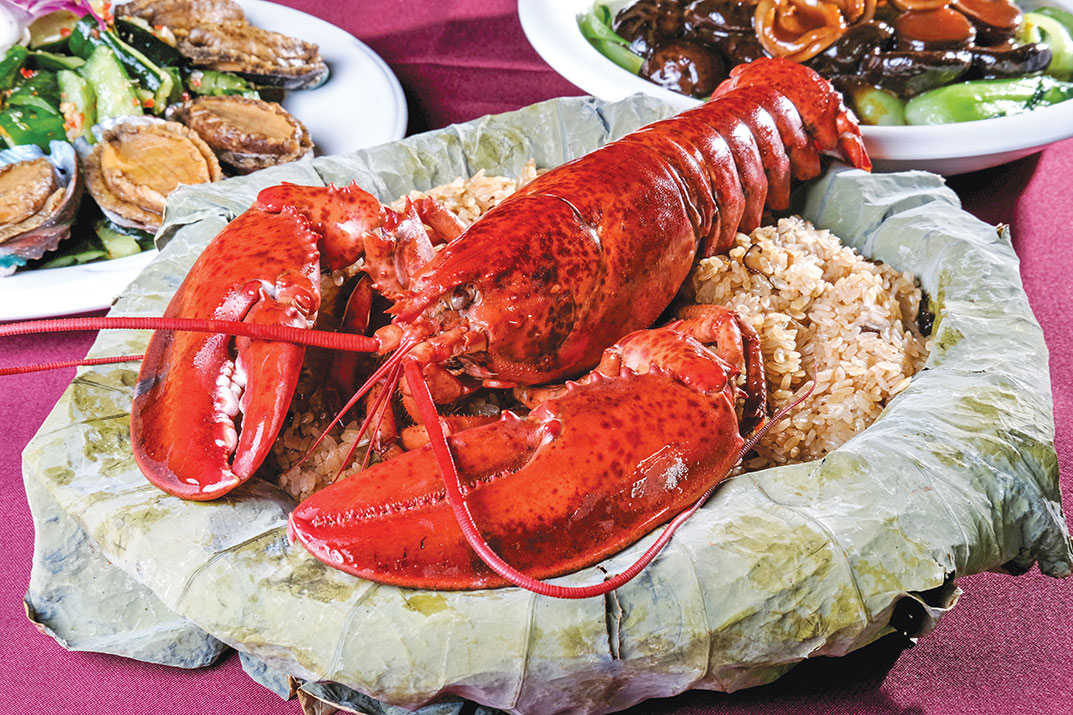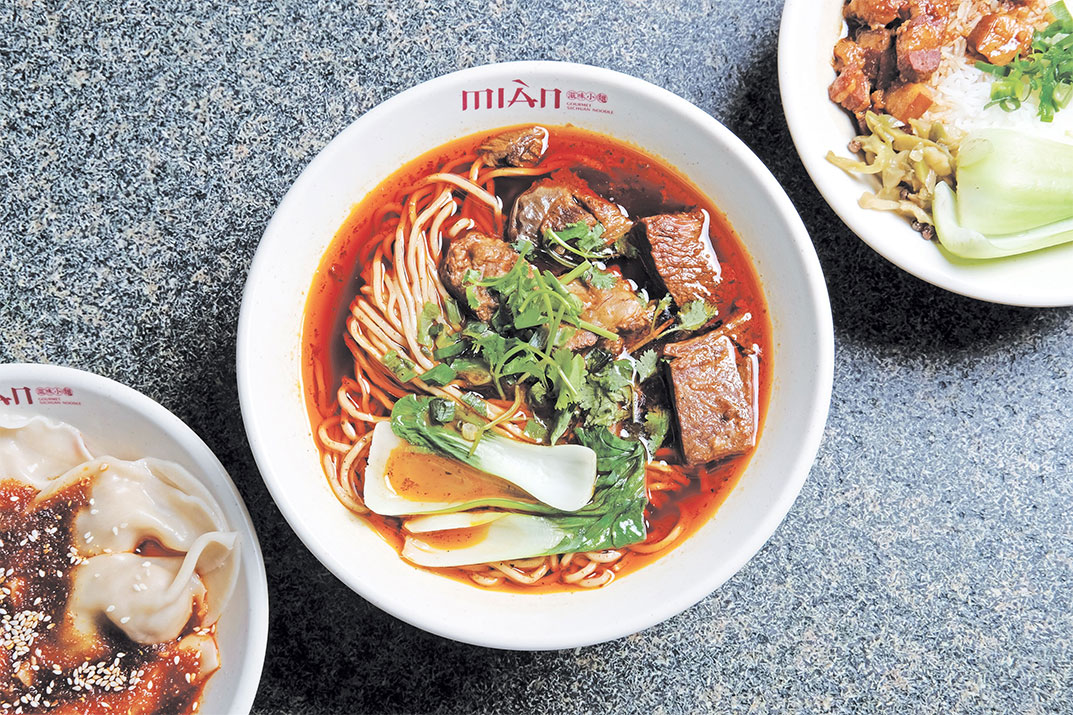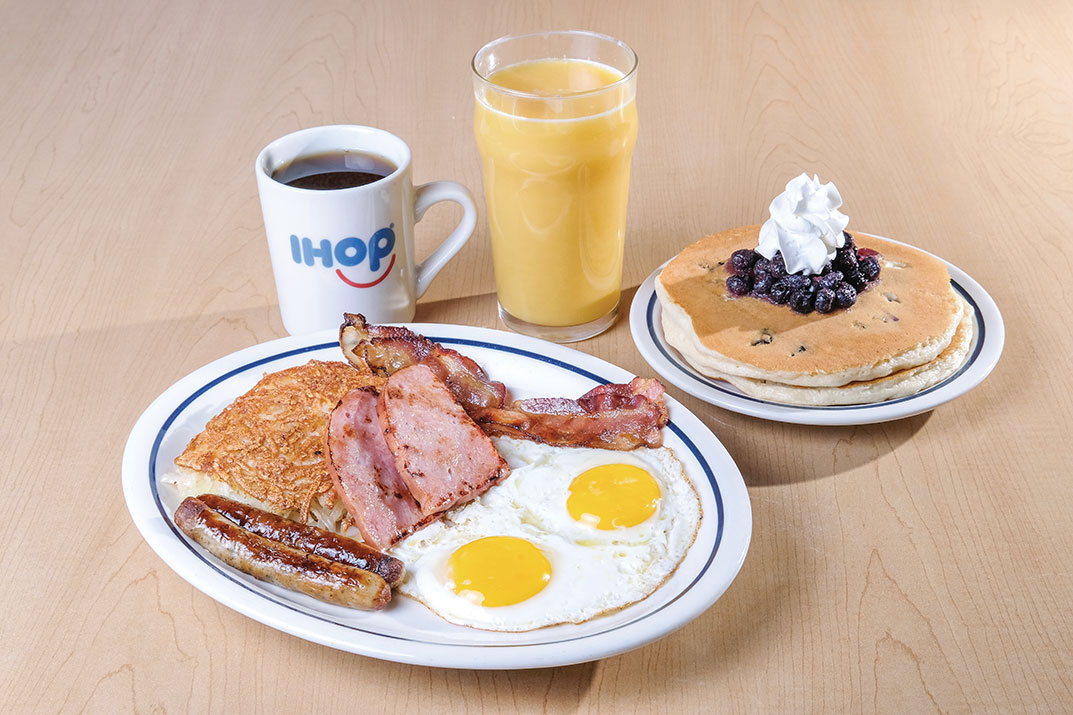Japanese, local food with flair
A La CarteJuly 18, 2021
Story By: Don Robbins | Photos by: LAWRENCE TABUDLO
Sekiya’s Restaurant & Delicatessen in Kaimuki is a longtime family-owned business. It serves up authentic Japanese and local food, with its own special touches.
Management has added dividers between booths, so more seating is now available.
In addition, the eatery is also currently hiring for all positions to keep up with customer demand for its popular cuisine.
One of the prized dishes at Sekiya’s is the Nabeyaki ($15.29). This popular pot has chicken, mushrooms, kamaboko and udon (or other choice of noodle). It is finished with makina, watercress, a poached egg and a shrimp tempura.
“It’s like a mini hot pot, in which there’s many different ingredients that balance each other so well. Everything is cooked together with shoyu, sugar and dashi, with the egg, vegetables and shrimp going in at the last second, so the egg is perfectly poached with a runny yolk,” shares chef/manager Leonard “Trey” Paresa.
Meanwhile, Marinated Fried Chicken ($14.99) is definitely a classic dish.
It features boneless chicken thighs marinated in shoyu and sugar, and some other secret ingredients, then coated in potato starch and fried to perfection. It’s served on a plate with shredded cabbage and is a full meal, which includes rice, miso soup and tsukemono. This item is served with a sauce of daikon oroshi and shoyu. It’s crispy and full of flavor.
Oriental Beef Salad ($10.75) is crafted with lettuce, shredded carrots, sliced cucumber, and Sekiya’s barbecue beef, the same one used for its Teri-Beef Sandwich Plate and in its okazuya.
“We toss the vegetables together, use fried wonton chips to give it a nice crunch, and slice the meat up thin, finish with sesame seeds, and it is usually served with oriental dressing. This salad is also available with chicken or tofu instead of beef,” Paresa explains.
The Kitsune Udon ($9.99) is a new item on the menu. It uses aburage, which is cooked in the same way that the company makes its other aburage used for inari. This is served with udon noodles, kamaboko and green onion.
“The dashi is simmered with a little shoyu and sugar to give it a sweet and salty finish, and it’s all put together into a bowl to enjoy,” Paresa says.












